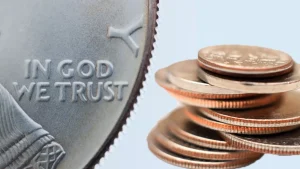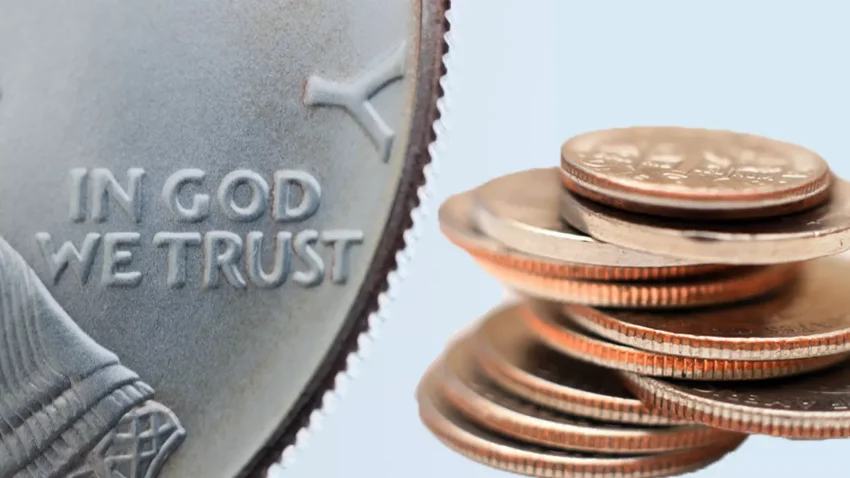You have held them a thousand times.
They were put into parking meters.
They were placed on counters.
turned them over to make decisions.
But have you ever really looked at a quarter?
You can run your thumb along the edge?
Those little ridges aren’t only there to help you hold on.
They aren’t for looks.
They aren’t a mistake.
These anti-theft methods are 300 years old, from a time when crafty thieves thought they could fool the king by hiding silver and wearing powdered wigs.
Let’s look into the crazy, genuine story behind coin ridges and why they are still important today.
“Coin Clipping” Was the Crime That Made Coin Ridges

Enter the coin clipper, a smart (and illegal) burglar who would:
Take off little pieces of metal from the edges of coins.
Collect the shavings and melt them down into gold.
Use the clipped coin as full value because it still looked entire.
Only a small portion of each coin should be removed.
It’s not an easy task to observe.
But do it a hundred times?
You’d have a lot of stolen silver, and the authorities wouldn’t know anything about it.
This wasn’t uncommon.
The situation had become unmanageable.
And it was a threat to the whole economy.
The Answer: Reeded Edges, the First Anti-Fraud Technology
Let’s meet Sir Isaac Newton. Indeed, we are referring to Sir Isaac Newton.
In 1696, the renowned physicist was named Warden of the Royal Mint in England.
One of his initial visits was to the Royal Mint in England.
Stop using the coin clippers.
His answer?
You may add ridges, or “reeds,” to the edges of coins.
These reeding grooves made it impossible to cut silver without being seen.
Why?
A clipped coin would have had broken or uneven edges.
A whole coin had grooves that were flawless and went all the way around.
No machine could copy the mint’s exact reading pattern at the time. It was a 17th-century security technology that worked.
✅ Interesting fact: Newton personally prosecuted more than 100 counterfeiters, and several of them were sentenced to death.
Why Some Coins Still Have Ridges and Others Don’t
Now, let’s go on.
Coins are no longer manufactured of silver, except for special editions.
Could you please explain why quarters, dimes, and half-dollars continue to have lines?

Because the tradition stuck, and it still serves three important purposes:
1. Protection Against Counterfeiting
Reeding is still a feature of a coin’s security characteristics today.
It’s difficult for modern counterfeiters to make the exact number and depth of ridges.
Sensors help vending machines and banks “read” the edge, which helps them find fakes.
2.It is easy for people who can’t see to access the ridges.
Ridges aren’t just for machines.
They are for people.
Texture is important for people who are blind or have impaired eyesight.
A penny or nickel with smooth edges feels different than a dime or quarter with ridges.
This design characteristic is both useful and welcoming, since it helps people tell coins apart by touch.
✅ This wasn’t made in the 1600s, but it’s a lovely modern benefit.
3. Being consistent and familiar
We’re used to it.
We think that will happen.
Coins with ridges just feel like cash. When they clink, they sound different. They roll in distinct ways.
Despite living in a society where electronic payments are common, the physical experience still holds significance.
Why Pennies and Nickels Are Smooth
You’ve seen it:
Nickels and pennies with smooth edges
Dimes and quarters have ridges.
Why?
This is due to their rich history and significant value.
Nickels (copper-nickel) and pennies (copper) were never made of precious metals.
No silver means no need to snip.
There is no need to read.
The U.S. Mint preserves the ridges on today’s quarters and dimes for tradition and security and to make them feel different.
Fun fact: Half dollars still have ridges, although most people don’t look at them.
